Operator Positioning for Optimal Performance
The operator's positioning is a cornerstone of effective dental procedures. A dentist's posture significantly impacts their precision, comfort, and longevity in their profession. Dental chairs are engineered to support the operator's back in a straight posture, with arms and forearms parallel to the floor.
This alignment minimises strain on the neck and back muscles, ensuring that dentists can focus entirely on the task at hand without experiencing discomfort. Additionally, chairs are designed to allow adjustments that enable dentists to maintain the appropriate proximity to the patient's oral cavity without compromising their posture.
Dental Assistant Positioning
Dental assistants are indispensable members of the dental team, and their positioning is equally vital. A dental assistant's chair is strategically positioned slightly higher than the dentist's chair, promoting a clear line of sight and efficient communication. Armrests are provided to prevent leaning forward, reducing strain on the back and shoulders. This setup ensures that dental assistants can seamlessly assist the dentist without sacrificing their own well-being.
Patient Positioning for Comfort and Access
While operator and assistant positioning is crucial, patient comfort is paramount. Dental chairs are designed to offer maximum comfort to patients while allowing dentists access to the treatment area. The patient's chair is positioned higher than the operator's chair, allowing for easy visibility and access to the oral cavity.
For precise treatments, maintaining the optimal distance between the patient's tooth and the operator's eyes is essential. Patient comfort also extends to accounting for any medical conditions that may affect their ability to recline during procedures.
Maxillary and Mandibular Arch Positioning
Different dental procedures require specific patient positioning. For treatments involving the maxillary arch, the patient's head, knees, and feet are positioned at approximately the same level. This positioning provides patient comfort and facilitates effective treatment.
Conversely, when working with the mandibular arch, a 45° positioning is ideal, enabling proper access to the treatment area. Adjusting the headrest to accommodate these angles ensures patient comfort and optimal treatment outcomes.

Benefits of Motorised Dental Chairs
In recent years, dental technology has witnessed remarkable advancements, and dental chairs are no exception. The advent of motorised dental chairs has revolutionised the field, offering numerous advantages that cater to both patients and dentists.
These chairs come equipped with advanced features that can transform the dental experience. With just a push of a button, dentists can adjust chair height, footrests, and backrests, ensuring optimal positioning for procedures of varying lengths.
Enhanced Ergonomics and Reduced Strain
Motorised dental chairs excel in providing enhanced ergonomic support, significantly reducing physical strain on dentists. By offering adjustable features that cater to individual preferences and requirements, these chairs encourage dentists to maintain correct posture and work comfortably.
The ability to customise the chair's settings contributes to the overall well-being of dentists, allowing them to focus on delivering exceptional patient care without compromising their health.
Improved Accessibility for Patients and Dentist
Motorised dental chairs are designed to accommodate a wide range of patient needs and conditions. The chairs can tilt, recline, and move up and down, offering flexibility that ensures comfortable positioning for patients while enabling dentists to work with ease.
This accessibility is particularly crucial for patients with limited mobility, ensuring that they receive quality care without discomfort. Moreover, these chairs help dentists maintain proper posture and access to the treatment area, contributing to the efficiency of procedures.
AI's Role in Dental Chairs and Beyond
Artificial Intelligence (AI) has permeated various industries, and its potential in dentistry is becoming increasingly evident. Research conducted by KPMG in partnership with The University of Queensland explores global attitudes towards AI, revealing that while a significant portion of the population is ambivalent or unwilling to trust AI, younger generations and the educated are more accepting of its capabilities.
AI's capacity to enhance dental practices goes beyond just patient comfort; it has the potential to revolutionise diagnostics, treatment planning, and patient engagement.
Final Thoughts
Dental chairs stand as a testament to the evolving landscape of dentistry, reflecting advancements in technology, ergonomics, and patient-centred care. Their ergonomic design, adjustable features, and innovative functionalities make them invaluable assets for periodontal procedures.
As dentists continue to prioritise patient comfort and optimal treatment outcomes, the integration of motorised dental chairs and the potential incorporation of AI signify a future where dentistry is more efficient, patient-focused, and technologically advanced.
In this dynamic journey of dental innovation, the evolution of dental chairs paves the way for a new era in patient care and dentist well-being. By embracing advancements in design, technology, and ergonomics, dental practitioners can look forward to enhancing their practice, elevating patient experiences, and contributing to the ever-evolving landscape of modern dentistry.


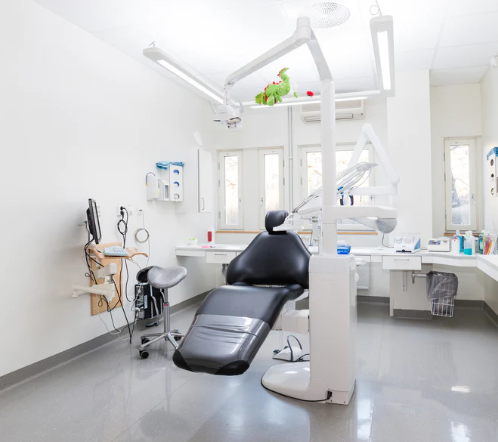







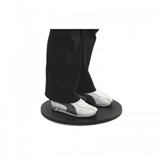
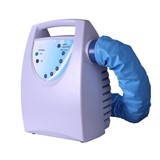
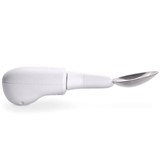

-205x205.jpg)


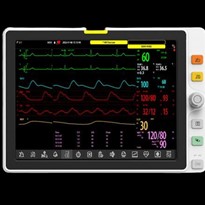

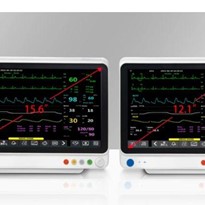

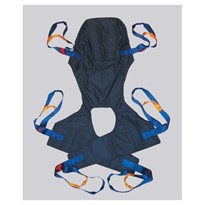
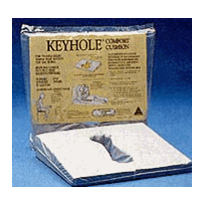

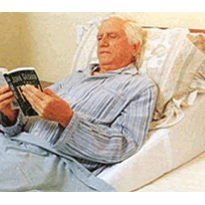



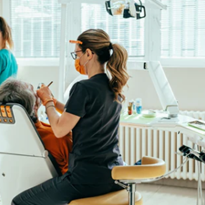

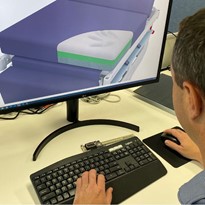
-7-205x205.jpg)
